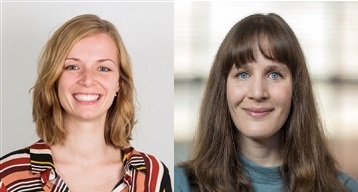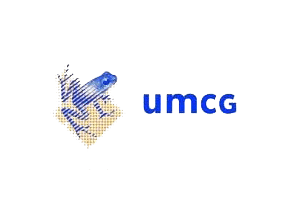News
Sharing our scientific knowledge of coping strategies with movie-going families
by Susanne Schulz (WP3) & Sanne Geeraerts (WP1)
 We were thrilled when asked to prepare a family lecture for the movie ‘Lepel’ as part of the Smart Movies initiative of the University Museum Utrecht. On 10th May 2019, children and their families learned about Coping strategies in difficult situations. Our lecture highlighted certain aspects of the movie to enhance the viewing experience. For us, the family lecture was a perfect opportunity to combine our different expertise and bring our research out into the “real” world!
We were thrilled when asked to prepare a family lecture for the movie ‘Lepel’ as part of the Smart Movies initiative of the University Museum Utrecht. On 10th May 2019, children and their families learned about Coping strategies in difficult situations. Our lecture highlighted certain aspects of the movie to enhance the viewing experience. For us, the family lecture was a perfect opportunity to combine our different expertise and bring our research out into the “real” world!
In the movie a boy named Lepel is living with his cruel spiteful grandmother until one day he decides to run away from home. The movie shows Lepel’s strategy to overcome this challenging situation. Therefore we decided to talk about (un)conscious reactions to threat and coping strategies. We wanted to engage the children and their parents, a different audience than at our usual scientific presentations. So we paid particular attention to create appropriate audiovisual content and interactive elements.
Biting and hitting; legit coping strategies?
We had a fun interesting session that allowed for active as well as passive learning. Importantly, we offered children a sneak preview into scientific practice. They realised that research is objective and does not always provide “correct” answers. For instance, when one girl suggested “biting” and “hitting” as a coping strategy, the parents in the audience were ready to dismiss her response. However, as researchers we included her response as a legit coping strategy even though it may be less socially desirable. Her more controversial answer paved the way for a discussion on effective coping strategies in different situations. So instead of correct answers and guidelines, we talked about scientific findings that can inform critical evaluation of their own coping strategies for specific situations.
Lessons learned
The preparation alone was useful, as we critically reflected on our own research and the broader relevance. The lecture also allowed us, as researchers, to connect with children that are normally our participants. It was inspiring to see the direct relevance of our research for their lives. However, the different audience required more preparation and flexibility, as it was difficult to anticipate the audience response and engagement. Moreover, our lecture was on a Friday afternoon, so children were tired from an entire week of school. Our preparation of various interactive elements was vital, so we could pick and choose elements to fit with the general atmosphere.
Adapt to the unexpected
Another unpredictable aspect was the needs of our audience. When we asked for personal examples of difficult situations, one girl described how she was bullied at school. These unanticipated responses require thinking on your feet but ultimately provide a valuable base for further discussion. In terms of flexibility, we benefited from doing this together as the other person could step in if necessary.
Overall, the family lecture was a great learning experience – not just for the families, but also for us!
Interested in preparing a lecture for children or families?
The University Museum Utrecht is always looking for Dutch-speaking researchers willing to collaborate and contribute to a variety of science programs and events for children (www.universiteitsmuseum.nl). At the moment, the Citizen Science project is looking for researchers who would like to do part(s) of their research at the museum. For participation or further information, please contact Lisa Brouwer (l.brouwer2@uu.nl).
